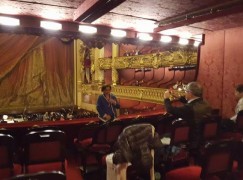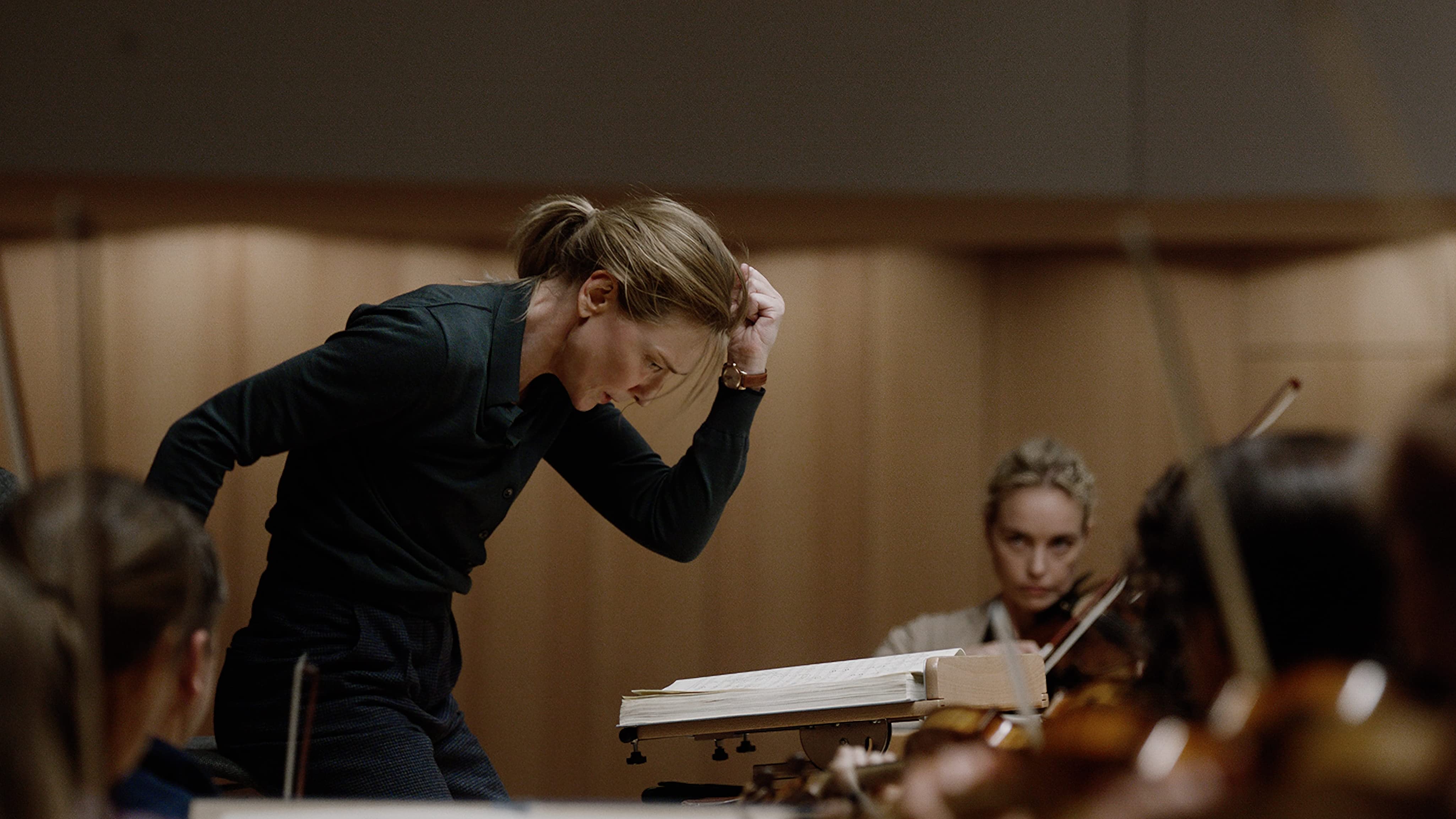Paris Opéra strikes back in defence of removing partitions
mainStéphane Lissner’s regime at the Opéra, under siege for removing walls between boxes at the Palais Garnier to create extra seats, has published documents purporting to show that the partitions were always intended to be removable.
In his book “The new Paris Opera”, published in 1878, Charles Garnier describes the “removable partitions that can be installed or withdrawn at will” in order to accommodate audiences as circumstances required.
From 1875 onwards temporary partition removal was regularly carried out for decades, for example in the case of official visits or hiring out of the auditorium.
Read the full Lissner defence (with new pictures) here.






Comments